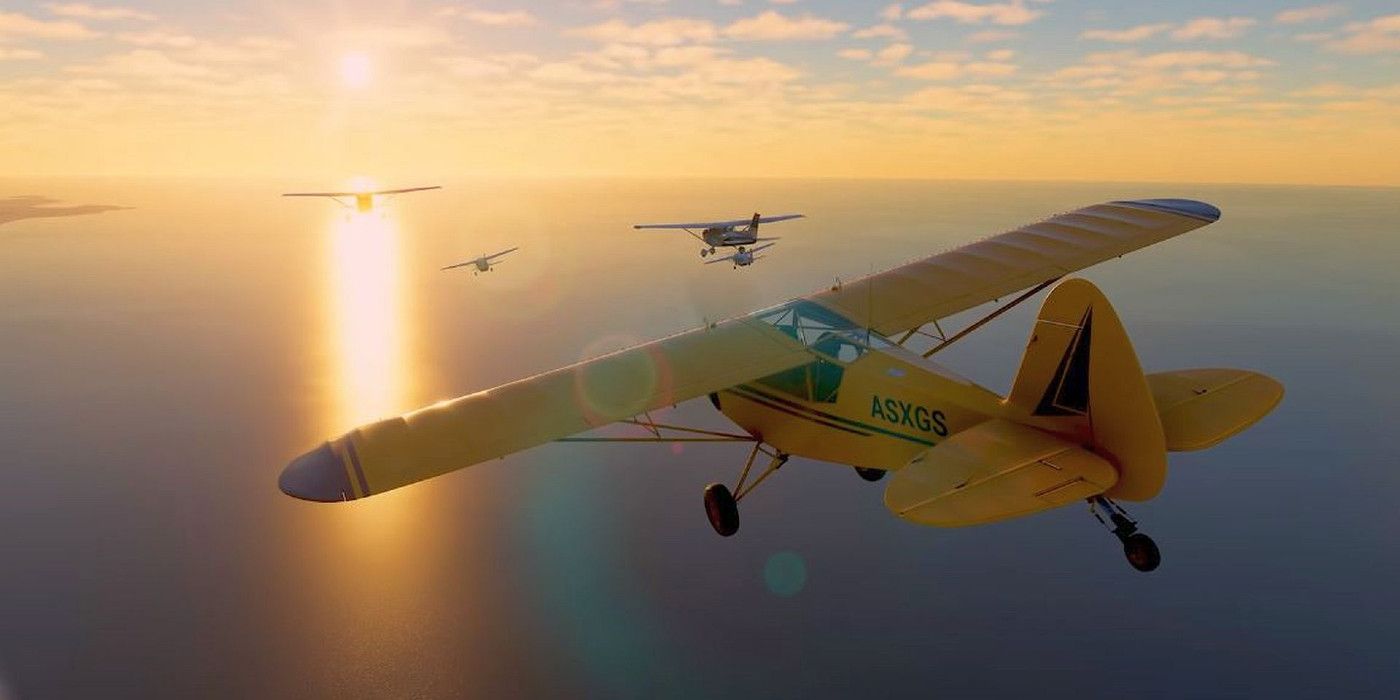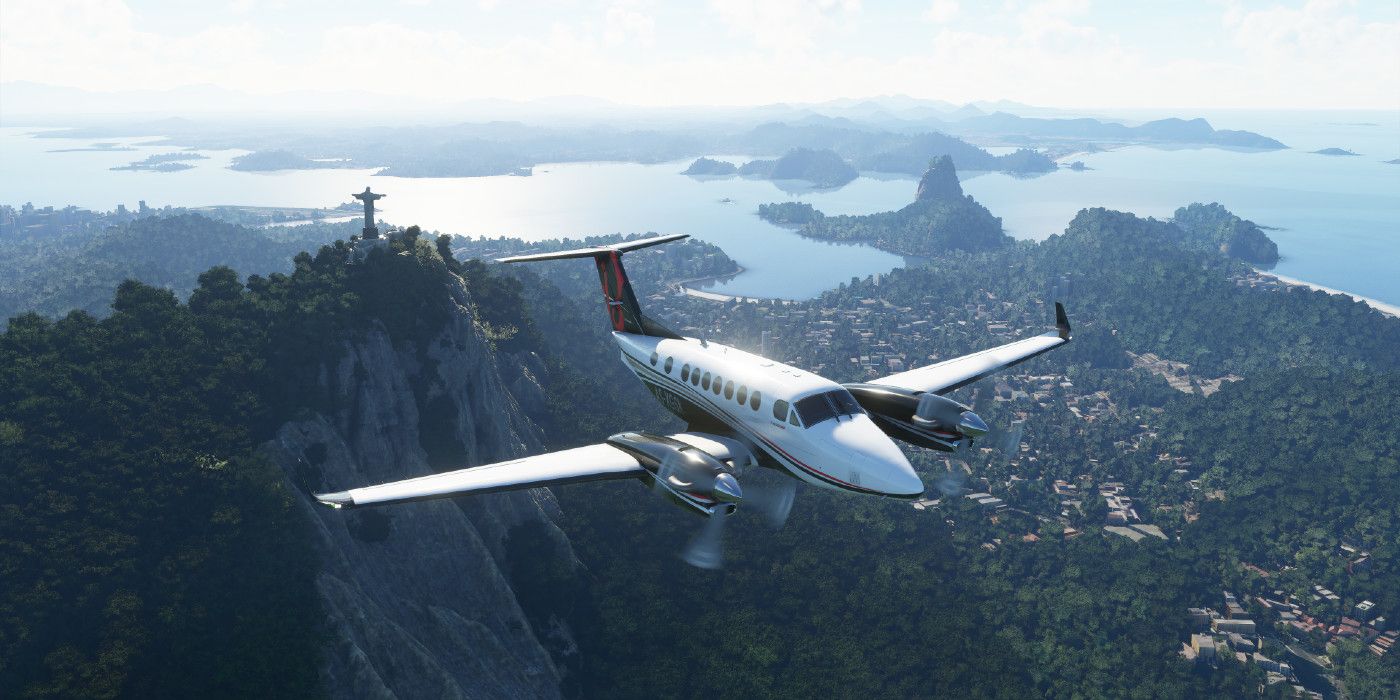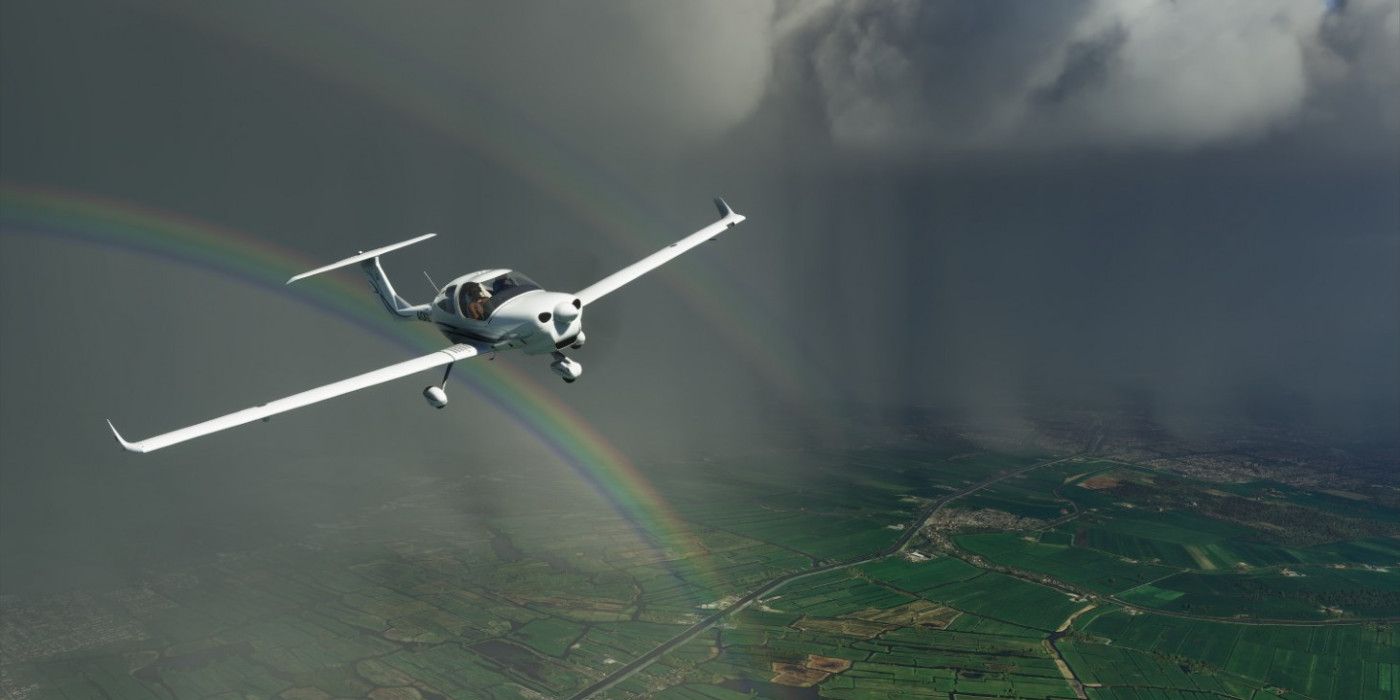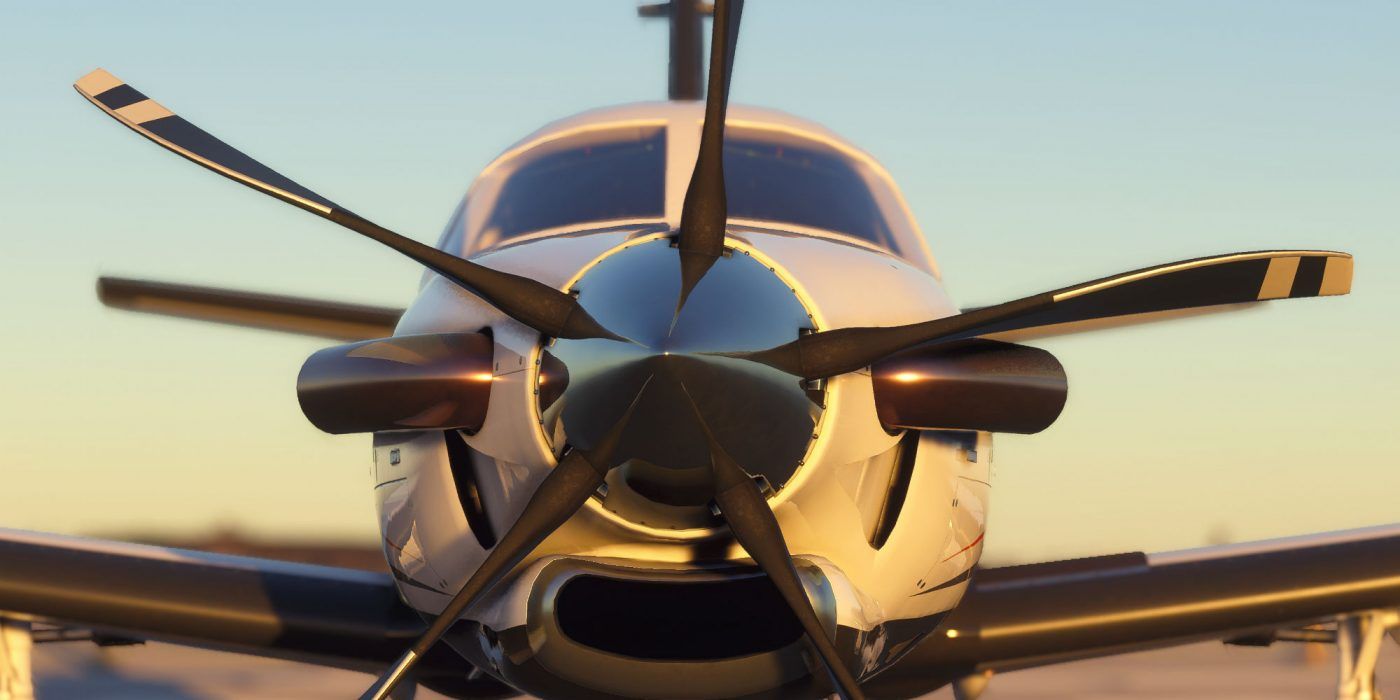The latest version of Microsoft Flight Simulator has released. Using data from Bing, it allows players to fly over the entire earth, simulating 1.5 billion buildings and 37,000 airports. 30 of the airports have been handcrafted, and players have 20 different planes to choose from. The Deluxe and Premium Deluxe version add new planes and more handcrafted airports.
Ask a pilot what the most difficult part of flying is, and they will likely tell you that it is the take-off and landing. Indeed, this is where most aircraft crashes occur. Knowing how to successfully take off is essential to maintaining a smooth flight, and not having an unexpected meeting with power lines, buildings, a nearby mountain, or the ground.
Prepping for Takeoff in Microsoft Flight Simulator
There are many things to consider when taking off. Microsoft Flight Simulator aims to be as realistic as possible. Players with a joystick and throttle can get close to the real experience, but without having to worry about their ears popping. However, players can use a mouse and keyboard, an Xbox One controller, a PlayStation 4 controller emulating an Xbox One controller, and probably others as well.
Successful takeoff largely depends upon the type of airplane, as well as the airport. The Savage Cub has two seats, one for the pilot and one for a passenger/co-pilot. It can be airborne in a matter of seconds, and only requires a short runway. An airliner like the Boeing 747-8 Intercontinental, which can carry up to 467 passengers, requires a longer runway and handles quite differently.
It is a good idea to play through the tutorials, as they serve as a great way to introduce players to flying, and allows players to quickly retry a skill if they mess up.
Choosing a Runway in Microsoft Flight Simulator
First, the player must taxi to the runway. Before moving, make sure the parking brake has been disengaged. In order to steer the aircraft on the ground, the player uses the rudder controls, as wheels on a plane do not turn in the way that cars do.
The runway that the player chooses depends on the wind. Players want to take off into the wind as much as possible. For an abbreviated lesson in aerodynamics, airplane wings are curved more on the top than the bottom. Airplanes fly due to air moving faster over the wing than it does underneath, which generates lift. Taking off into the wind causes the air to move even faster over the wing, enabling the plane to take off more quickly so the player does not run out of runway. Some of the planes have instruments indicating wind direction, but players can also look at the windsock, which is found alongside the runway. Once wind direction is determined, taxi to the correct runway.
Ever wonder what the numbers mean on a runway? They correspond to the truncated degrees in a circle in terms of direction. So if a pilot were on Runway 27, they would be facing west, as it is 270 degrees on a circle. Starting on the opposite end facing east would be runway 9 (90 degrees). If there are two parallel runways such as can be found in international airports, they are generally designated as something like 27L and 27R, for left and right.
Taking Off in Microsoft Flight Simulator
Once the player has reached the runway, they will make sure it is clear, and then line up in the center of the runway. When they are ready for take-off, they will apply power to the throttle, and use the rudders to stay in the center of the runway until they reach the desired speed. They then gently pull back on the yoke (or stick), aiming to keep their instrument panel a few inches above the horizon for a smooth takeoff. Keep in mind that many airplanes pull slightly to the left just like in real life. Microsoft Flight Simulator simulates this, so the player will need to compensate.
If this seems like a lot to take in at once, yes it is. This is why professional pilots undergo extensive training. Luckily, the game can automate some processes, so the players can adjust the difficulty if they don’t want to spend hours figuring things out. For example, pilots have pre-flight checklists in real-life, but players in Microsoft Flight Simulator can have the AI take care of that if they wish so they can get to the fun part: flying.
Keep practicing, and do not be afraid to make mistakes. Fortunately, this is a simulator. Unlike real life, crashing in Microsoft Flight Simulator is not a big deal, as players can always try again. Even professional pilots flying commercial airliners spend a considerable amount of time in a simulator.
Microsoft Flight Simulator is available now on PC.




